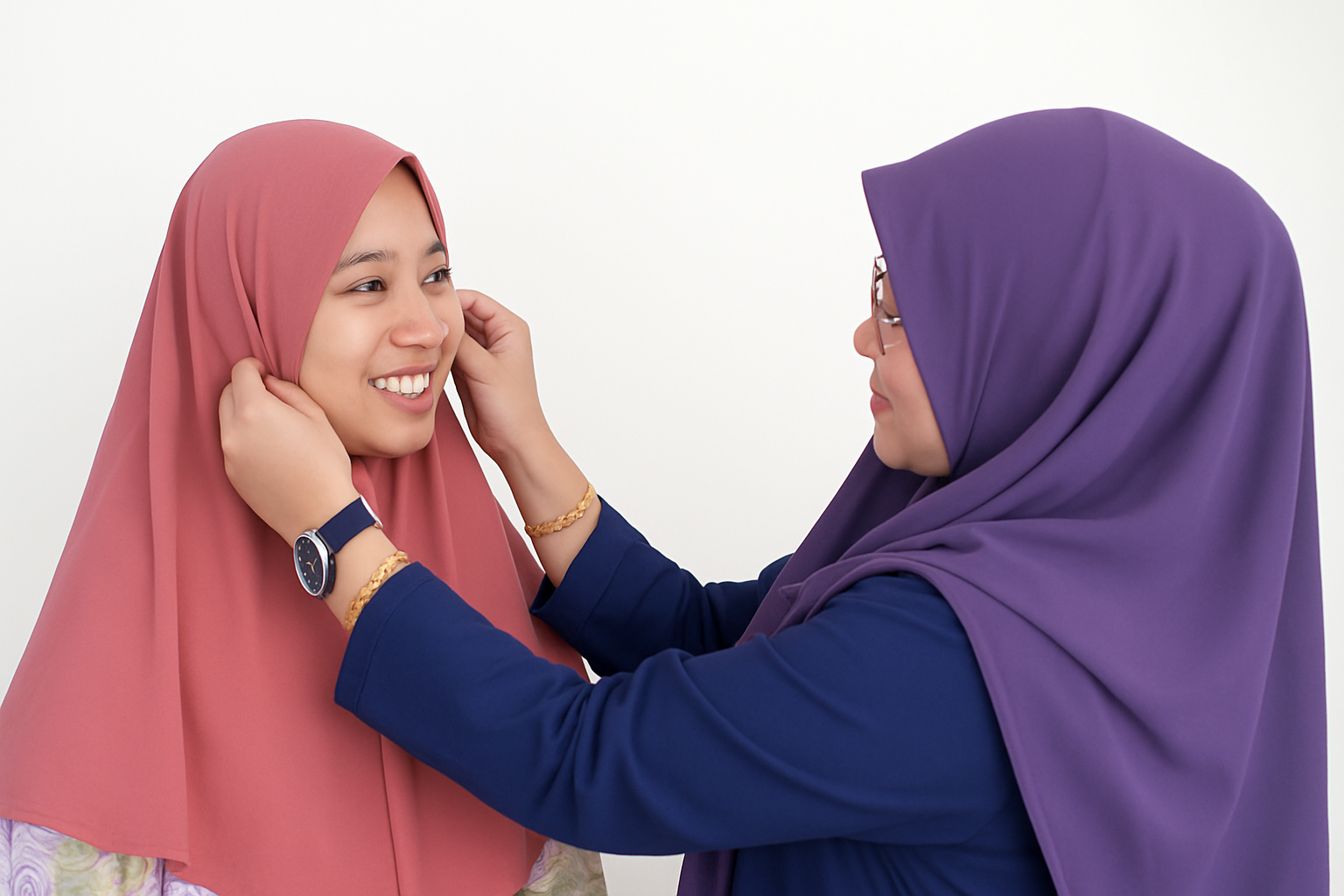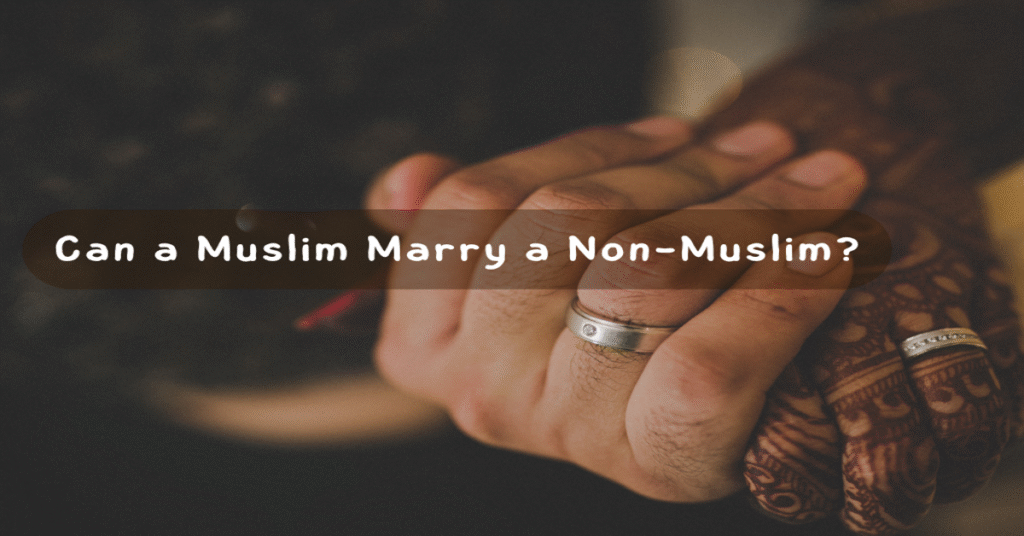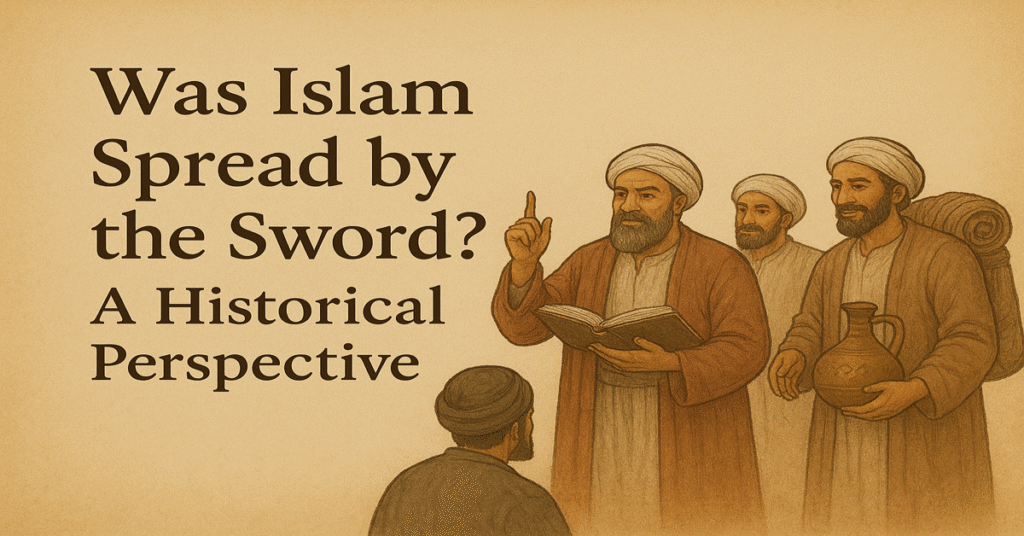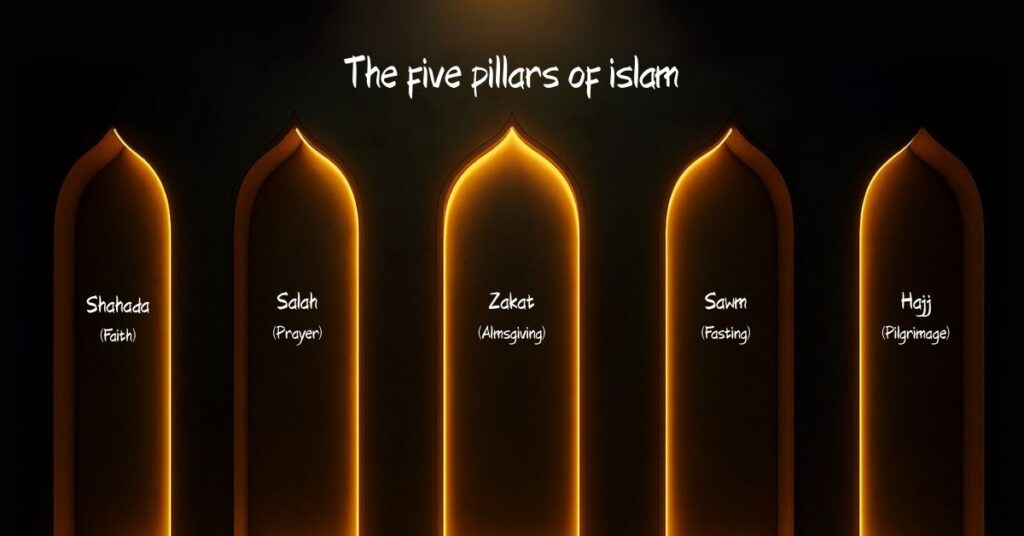In the modern fashion landscape, the modest fashion trend is no longer confined to specific cultures or religions — it’s a global movement celebrated for its elegance, ethics, and empowerment. Inspired by Islamic teachings, this wave has transformed how people perceive beauty, dignity, and self-expression.
From runways in Dubai and London to digital boutiques worldwide, the Muslim fashion industry has proven that faith and style can harmoniously coexist. Grounded in Qur’anic values, Islamic clothing style celebrates modesty not as limitation but as liberation — giving people the confidence to embrace their identity with grace.
Islamic Clothing Style Or The Dress Code-Satr
According to the Islamic dress code known as Satr, mature girls and women should cover the entire body, except the face and hands when they are out in public, or when men other than their close relatives (non-mehram) are present. They may wear whatever they like in private. However, they should avoid nakedness, even in front of other women and close relatives.
Mature boys and men are required to cover their body between the navel and the knees at least. However, it is best to wear modest clothing. They should avoid nakedness, even in front of other men and close relatives. Men are also forbidden from wearing gold jewellery and silk clothing.
The way a person dresses also affects his behavior. If one dresses modestly, he tends to behave modestly. Whereas if one dresses indecently, he tends to behave indecently. This is why the Islamic code of dress is so strict and occupies an important part of Tahdhib.
Both men’s and women’s clothing should be loose and thick enough that the shape of the body is not revealing. Wearing transparent clothes and body-hugging ones are not permissible in Islam.
Faith and Modesty: The Spiritual Foundation of Style
Modesty (ḥayāʾ) is purity of intentions in all actions. A modest or humble person does good deeds without trying to get noticed or show off. The opposite of modesty and humility is pride. Modesty is a cornerstone of Islamic character. The Prophet Muhammad ﷺ said:
“Every religion has its distinct characteristic, and the distinct characteristic of Islam is modesty.” ( Sunan Ibn Majah 4181)
The Qur’an beautifully instructs both men and women about humility in dress and behavior:
“And tell the believing women to lower their gaze and guard their chastity, and not to reveal their adornments except what normally appears. Let them draw their veils over their chests, and not reveal their ˹hidden˺ adornments3 except to their husbands, their fathers, their fathers-in-law, their sons, their stepsons, their brothers, their brothers’ sons or sisters’ sons, their fellow women, those ˹bondwomen˺ in their possession, male attendants with no desire, or children who are still unaware of women’s nakedness. Let them not stomp their feet, drawing attention to their hidden adornments. Turn to Allah in repentance all together, O believers, so that you may be successful.”
— Qur’an 24:31
And again:
“O Prophet! Ask your wives, daughters, and believing women to draw their cloaks over their bodies. In this way it is more likely that they will be recognized ˹as virtuous˺ and not be harassed. And Allah is All-Forgiving, Most Merciful.”
— Qur’an 33:59
These verses form the ethical foundation for Islamic clothing style. The emphasis is not on suppressing fashion but on preserving dignity and self-respect. Prophet Muhammad ﷺ also encouraged simplicity, saying:
“Wear your white garments, for they are among your best garments,”
(Sunan Abu Dawood 4061)
This spiritual framework guides Muslims to dress with awareness — balancing faith, beauty, and intention- also an essential aspect of Islamic tahdhib.
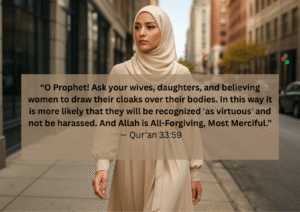
The Emergence of a Global Movement
What started as faith-driven dressing has evolved into a multi-billion-dollar Muslim fashion industry. Modest wear has entered mainstream fashion weeks, social media campaigns, and luxury brand collections. Designers now cater to audiences who value clothing that’s stylish yet respectful.
The modest fashion trend appeals far beyond Muslim consumers. Many women from other faiths or even none appreciate clothing that offers comfort, coverage, and confidence. It challenges the misconception that fashion equals exposure. Instead, modest wear redefines what it means to be powerful, elegant, and expressive. It’s more appealing and more expressive than any other way of dressing.
Hijab Fashion: Identity, Empowerment, and Expression
The most visible expression of this trend is Hijab fashion — a symbol of both devotion and empowerment. The term “hijab” means barrier or cover (a head cover), but in today’s world, it also represents identity and independence. It’s not a forced practice but it speculates who we are from inside.
For millions of women, styling the hijab is an act of creativity and confidence. Through fabrics, colors, and drapes, they personalize their look while staying true to their beliefs. This is where hijab and empowerment meet — transforming modesty into a proud statement of self-respect and choice. But if the hijab is purely draped for adornment and show off it deviates the purpose of Muslims, which is only to please Allah.
The Prophet ﷺ said:
“ Verily, Allah is Graceful and He loves Grace…. ”
(Sahih Muslim 91a)
This hadith reminds us that Islam does not discourage beauty — it guides it with purpose. The balance between faith and fashion reflects how spiritual values can inspire creativity rather than limit it. It shows how our faith doesn’t burden our soul even in ways of dressing.
The Rise of Modest Wear Brands and Innovation
The past decade has seen a surge in modest wear brands that blend elegance with ethics. From abaya couture in the Middle East to modest streetwear in Europe, the innovation is vast. These brands emphasize comfort, inclusivity, and quality over flashiness — aligning perfectly with Islamic principles of humility.
The global modest fashion movement has also encouraged diversity on runways. Models wearing hijabs, niqabs, or loose outfits are now featured in major fashion events. This visibility breaks stereotypes, showing that modesty and modernity can go hand in hand.
Why the Modest Fashion Trend Resonates Worldwide
- Cultural Inclusivity – Modest wear transcends religion. It allows people to express values of decency and self-respect universally.
- Empowerment Over Objectification – Many women find empowerment in dressing for themselves rather than for validation.
- Ethical Consumerism – The focus on mindful, sustainable design reflects growing concern for ethics and the environment.
- Versatility & Style – Modest designs are adaptable — suitable for work, casual, or formal settings without compromising faith or comfort.
Thus, the modest fashion trend symbolizes choice, empowerment, and faith-driven creativity.
Challenges and Reflections
While the movement grows, challenges remain. Some warn against tabarruj — extravagant display that contradicts Islamic modesty. Islam advises against turning modest fashion into a tool of vanity or commercialization. As Allah does not like the extravagant. Instead of spending too much on our clothing and adornments we can actually help the one in need, we can provide clothing to those who don’t even have basic clothes to cover their body.
There’s also a call for affordability and inclusion. Luxury modest wear should not exclude average consumers. The spirit of modesty calls for balance — between beauty and humility, trend and intention. Those who can’t afford it should not feel overburdened to dress well and match up the trend by looking at you. Instead we must be an example that even simplicity can be graceful and adorable.
Looking Ahead: The Future of Faith and Fashion
The future of global modest fashion looks bright. From eco-friendly fabrics to digital design, innovation continues to honor both creativity and conscience. More young entrepreneurs, influencers, and designers are reclaiming modest fashion as a spiritual art form — clothing that celebrates devotion and diversity.
Ultimately, the Muslim fashion industry stands as proof that when style serves purpose, it transcends trends. Modesty is not about hiding — it’s about shining with humility.
Conclusion
The modest fashion trend represents one of the most significant and inspiring developments in contemporary fashion. Rooted in the timeless teachings of Islam and the wisdom of the Holy Quran, this movement has grown into a global phenomenon that empowers women, drives economic growth, and challenges conventional fashion narratives.
Islam discourages nakedness and extravagance in dress and behavior. Even Rasoolullah ﷺ, the leader of mankind, lived very modestly. If he had desired or wished for it, he could have lived like a king, having big feasts and wearing silk robes, etc. Yet, he never had elaborate meals nor dressed in lavish attires, he always kept it simple. He even shared in household chores. He never acted as if he was greater than anyone else, but his incredible qualities made him great in everyone’s eyes. His modesty and humility endeared him to his people.
When one learns to live modestly, he no longer needs fancy clothing or jewelry or extravagant cars or houses. These luxuries do not matter to him anymore if he is focussed only to please Almighty, Allah. Jealousy and envy never enter his mind and Shaitan’s temptations do not lure him so easily. He can stay more dedicated to important things, like remembrance of Allah.
From its foundation in Quranic verses that emphasize modesty and dignity, to its current status as a multi-billion-dollar industry, hijab fashion and Islamic clothing style have proven that faith and fashion can beautifully coexist. The success of modest wear brands and the growth of the Muslim fashion industry demonstrate that there is significant demand for clothing that honors both style and values. This movement has created opportunities for global modest fashion to flourish and has opened doors for greater understanding and appreciation of Islamic culture.
Is Hijab fashion only for Muslims?
No. The modest fashion trend is embraced by people of all faiths who appreciate elegance, ethics, and comfort.
How does Islamic clothing style differ from Western fashion?
It focuses on loose, non-transparent garments that cover the body respectfully while allowing creative expression.
How do modest wear brands empower women?
They provide representation, inclusivity, and employment opportunities, redefining beauty standards.
Can modest fashion be sustainable?
Yes! Many modest wear brands use eco-friendly materials and ethical production methods aligned with Islamic values.

